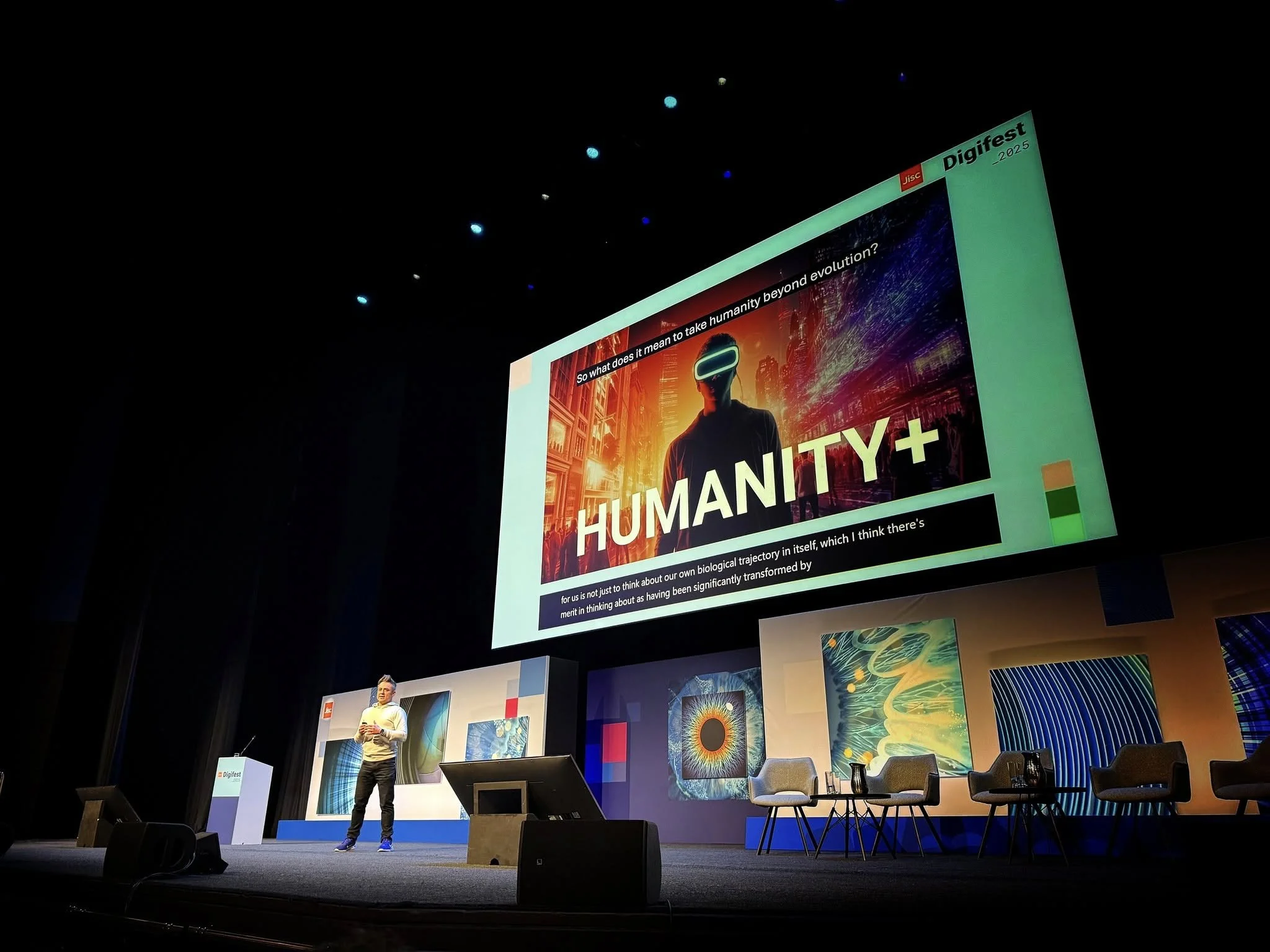
Make it stand out
What’s been happening?

Creative Futures: The Rise of Biocultural Capital

Manchester Science Festival 2012
Design for Evolution

Wasted Debates
Design for Evolution
Bioart is changing the world
Pigs Bladder Football

